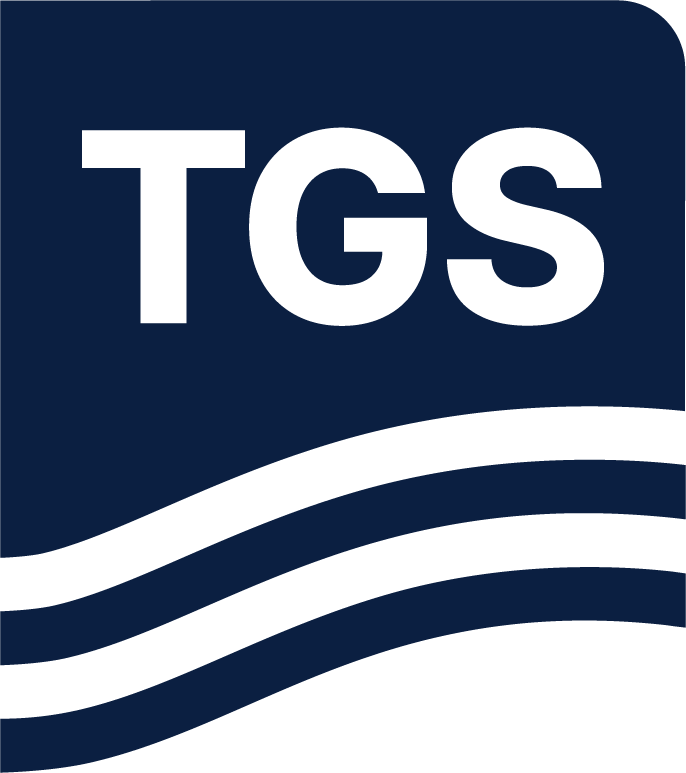Introduction
Full-waveform inversion (FWI) is a robust algorithm that is used to derive velocity models with high resolution and fidelity. It has been widely adopted in the industry. There are many successful examples of its application to marine data, especially for surveys acquired with rich azimuth long offsets and recorded with low-frequency content.
However, building velocity models for land surveys is particularly challenging. Onshore seismic data are acquired on a non-flat datum (topography). This introduces elevation differences between sources and receivers. In addition, the weathering layer (i.e., a layer at or near the surface of mostly heterogenous and unconsolidated low-velocity material) typically results in strong elastic scattering. Vertical geophones register unwanted surface waves known as ground roll that mask P-wave reflections. Resolving the near-surface velocity model is a crucial step in imaging land seismic data. It is traditionally handled by refraction tomography and residual static corrections.
In a few cases, FWI has been incorporated to update the velocity model in the complex near-surface geologies of onshore surveys. Lemaistre et al. (2018) combined first-break picks with
Laplace-Fourier FWI. Tang et al. (2021) utilized a workflow that consisted of an alternated source and medium parameter inversion. Masclet et al. (2021) implemented a novel workflow that demonstrated near-surface characterization by the combined use of first breaks and surface waves. Recently, Leblanc et al. (2022) studied the potential of elastic FWI in a case in the Middle East.
However, applying FWI to land data still presents challenges in many cases. Yilmaz et al. (2022) extensively analyzed the usefulness of FWI to update the near-surface model. Using the vertical
component of recorded seismic data, they argued that even elastic inversion, which should better describe land seismic data, is prone to inaccurate P-wave velocity estimations of the near-surface model due to complexities in characteristics of the near surface (e.g., highly heterogeneous, strongly anisotropic, highly attenuating media, etc.). As expected, attempting acoustic inversion to derive the P-velocity model of the near surface often fails because even
if the data are limited to the early portion of the shot record, other types of waves (e.g., surface waves and converted modes) are generated in the near surface.

Figure 1. Model building workflow.
We have developed an effective workflow incorporating FWI to build an accurate velocity model that has been successfully applied to data from many onshore surveys including the two from Mexico discussed in this paper. To minimize the impact of amplitudes, we use multichannel dynamic matching FWI (DMFWI) that promotes the inversion based on kinematic differences and produces more robust results in the presence of strong noise (Mao et al., 2020; Sheng et al., 2020).
Read the full article here.

